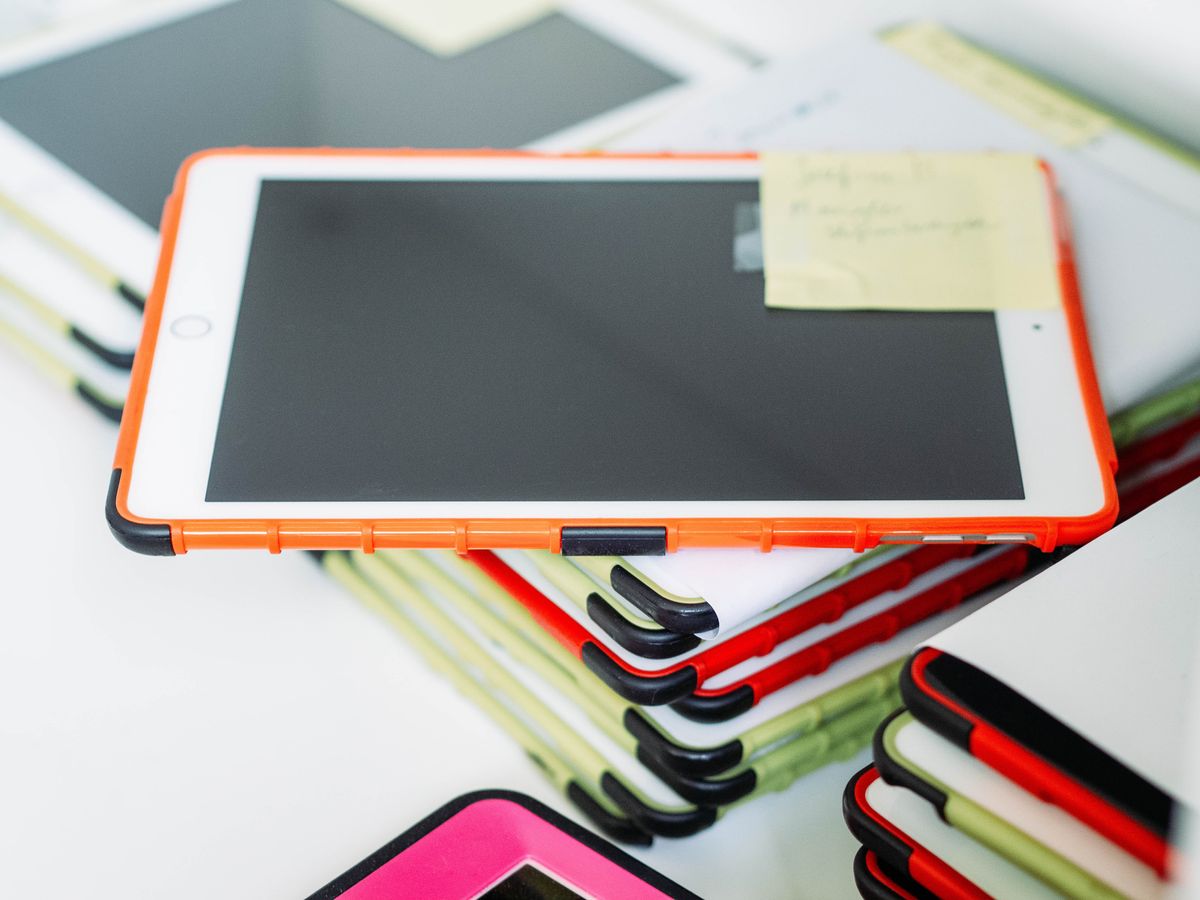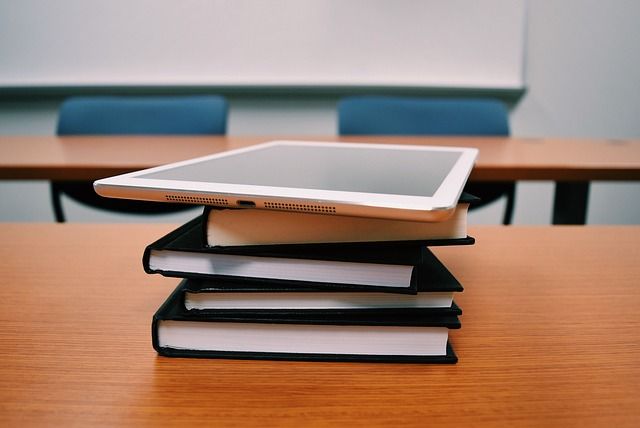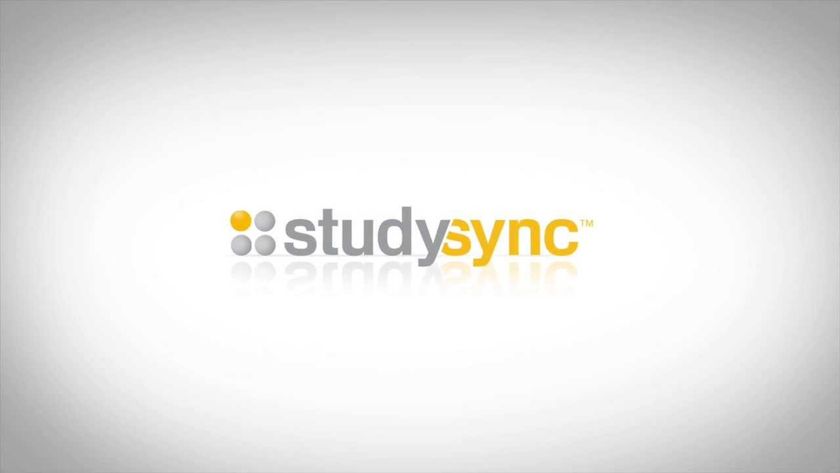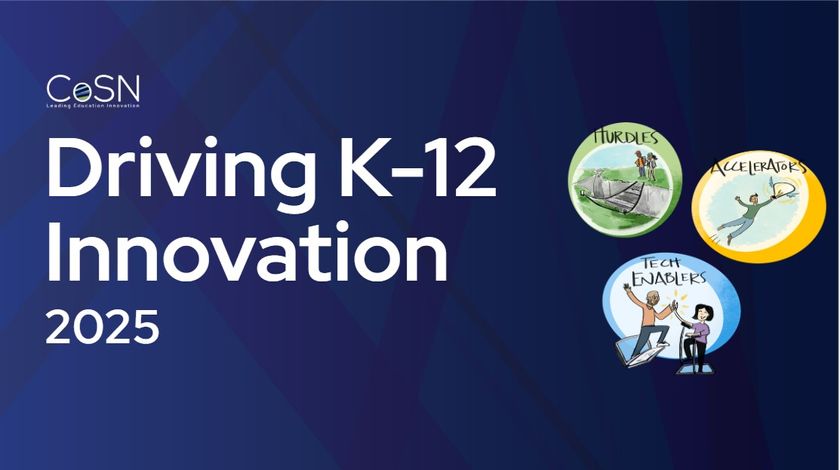4 Lessons from Remote Learning
Despite its challenges, remote learning has changed in-person learning for the better, says one Kansas City educator.

Despite the challenges of remote learning, it helped students and teachers learn how to communicate with one another in new ways, says Ericka Mabion, iSpark PLTW/CTE coordinator at Kansas City Public Schools.
“People are talking about a learning loss, but students learned a whole lot of other soft skills that will enable them to be better learners,” Mabion says. These include being self-driven and focused, managing time, and being organized with their workloads.
On the other side of the screen, educators learned how to engage students with edtech tools in new ways that worked better for some. Parents have also learned from remote learning as they frequently had a direct screen-sized window into what teachers were going through and gained empathy from that perspective.
Like many educators, Mabion doesn’t want to lose those gains now that classes have returned to the classroom, and she says there are several ways to learn from the best of what remote learning has to offer.
1. Listen to All Students
Students who were quiet or shy or just slow to raise their hand during in-person class sometimes found more opportunities to connect online. “They were finally able to maybe put their hand up in the chat, and then the teacher could acknowledge them,” Mabion says.
This can be recreated in the classroom with interactive tools that allow educators to obtain instant feedback and gather student reactions. Mabion likes using Pear Deck for this purpose. “On the fly, teachers can embed a quick template to capture a response to their content,” she says. “It can quickly help teachers navigate or differentiate the lesson.”
2. Digital Submissions
During remote learning, with all assignment submissions online, students were able to get feedback from educators and other students more quickly and seamlessly. Mabion believes some of that should continue in person.
Tech & Learning Newsletter
Tools and ideas to transform education. Sign up below.
In the past, sticky notes might have been handed out for students to collaborate on a project, but now educators have the option of using a tool such as Jamboard. “Kids can see each other's answers, and they can respond and collaborate,” Mabion says. An added bonus is this type of digital collaboration lends itself well to ongoing social distancing requirements, and will allow for a seamless transition to hybrid learning, should that again prove necessary.
3. Voice and Video Submissions and Feedback
Remote learning highlighted just how effective recorded feedback and submissions can be. Providing recorded feedback to students with a tool such as Mote, an add-on to Google slides, can save time. In addition, frequently younger students understand audio feedback better than they do traditional written feedback, Mabion says.
Having students record a video, with a tool such as Flipgrid, can also be an engaging way for students to demonstrate their knowledge. “Students love to do videos, it’s the world of TikTok,” Mabion says. “The little kids, especially, they will tell you a story, but they can't write the story down. They can articulate and explain their thinking where they cannot type it.”
4. Increased Empathy All-Around
During remote learning, students who had previously been disruptive in order to receive attention from peers often learned to function without that attention. In other cases, parents were able to see exactly what was expected of students and just how disruptive their child could be. “We have new allies with our parents,” Mabion says. “Maybe they see their own child in a different light than they did before. They understand the importance of having students be focused, and what we really mean by that.”
Teachers also saw into students’ homes and learned some of the challenges and difficulties they were having, so there is better understanding all around. Mabion believes this understanding will be carried throughout this school year.
Erik Ofgang is a Tech & Learning contributor. A journalist, author and educator, his work has appeared in The New York Times, the Washington Post, the Smithsonian, The Atlantic, and Associated Press. He currently teaches at Western Connecticut State University’s MFA program. While a staff writer at Connecticut Magazine he won a Society of Professional Journalism Award for his education reporting. He is interested in how humans learn and how technology can make that more effective.



